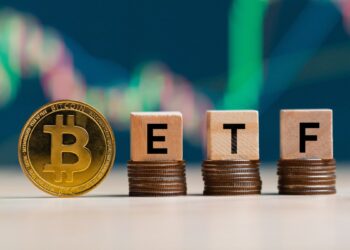After nearly 12 years, the Australian sharemarket last week surpassed its previous pre-global financial crisis high in November 2007.
AMP Capital chief economist Shane Oliver said lower interest rates and bond yields, which have made shares relatively cheap, the likelihood that policy stimulus will ultimately boost growth and higher iron prices, have all contributed to the performance of the Australian sharemarket.
Mr Oliver said with the market now up by 21 per cent year-to-date, it may now be vulnerable to a short-term correction.
“We are coming into a seasonally weak part of the year. The August earnings reporting season could result in volatility and there are various risks in relation to trade wars, tensions with Iran and soft economic data.
“However, the combination of low bond yields which means that the sharemarket is comparatively cheap, monetary easing by the RBA and other central banks, and a likely pick-up in global growth by year-end and Australian growth next year point to even higher share prices on a six-to-12-month horizon.”
In terms of the Australian sharemarket’s valuation, Mr Oliver said its price to 12-month ahead consensus earnings multiple of 16.5 times is above its long-term average, but shares are known to trade on higher PEs when inflation and interest rates are low.
“In fact, the gap between the forward earnings yield of 6.1 per cent and the 10-year bond yield of just 1.2 per cent is well above average, making shares relatively cheap,” he explained.
This year so far, Mr Oliver said Australian shares have outperformed global shares, with several of the factors that drove the underperformance of Australian shares versus global shares this decade now fading.
The RBA is now easing more aggressively, he said, and the surge in the Australian dollar against the US dollar has now reversed, making Australian companies more competitive.
The commodity price slump from the 2008 to 2011 highs also now looks to be over, he added.
“Finally, the risks of a property crash dragging banks and the economy into recession may be receding,” he said.
“The Australian dollar is still likely to fall a bit, and it makes sense to maintain a decent exposure to global shares for portfolio diversification reasons. But with many of the negatives for the Australian sharemarket fading, it’s hard to maintain a strong case against it versus global shares.”


